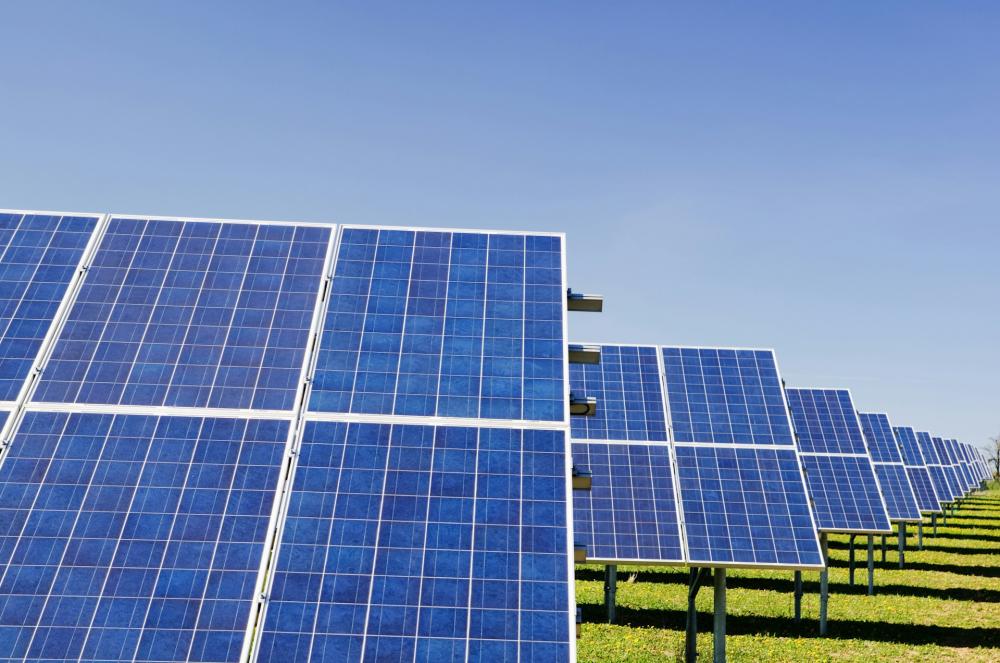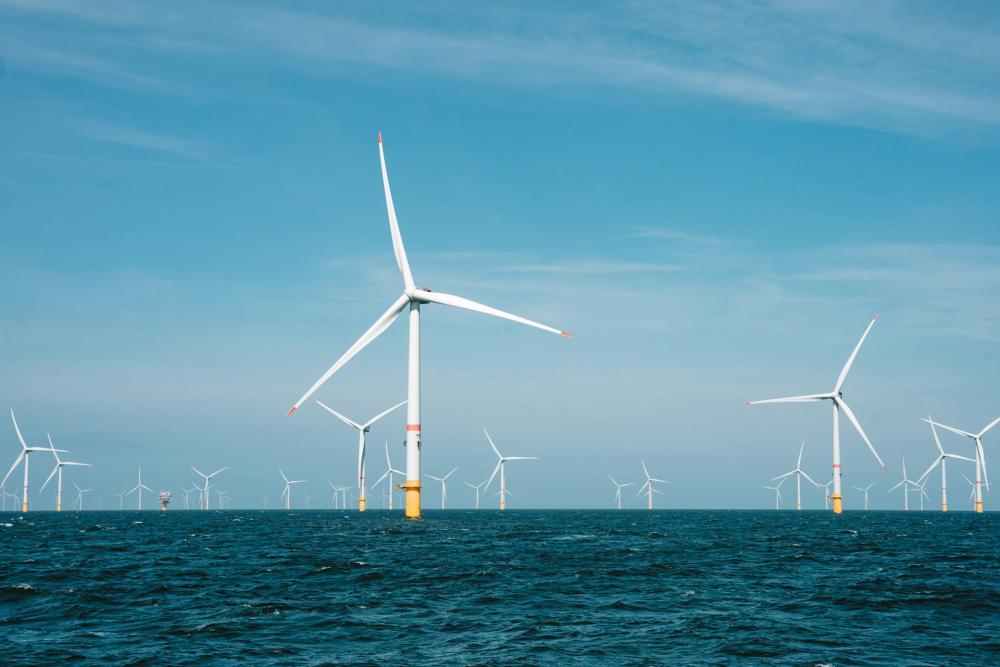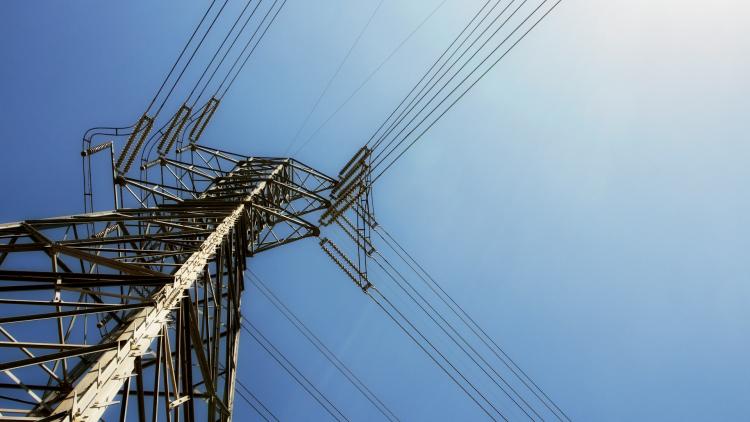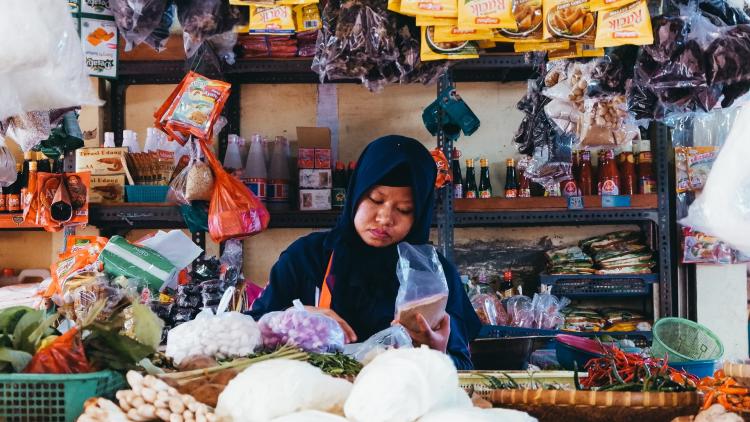Powering Production: A Developmental Energy Transition for Africa
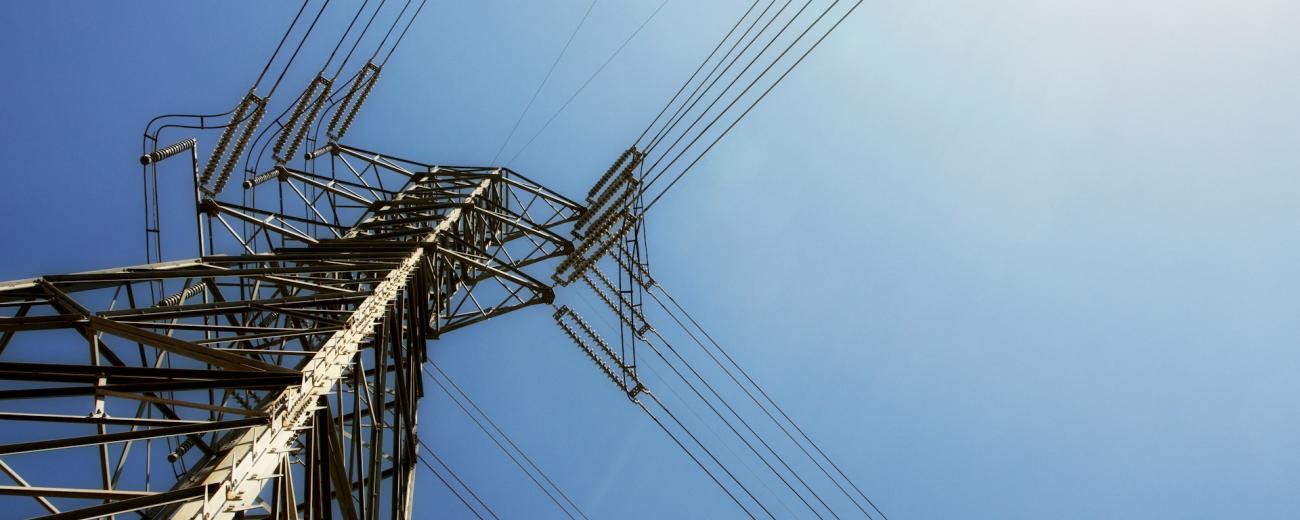

The SOAS Centre for Sustainable Structural Transformation (CSST) held its first bi-annual conference, themed “Powering Production: A Developmental Energy Transition for Africa.”
The conference examined the issue of energy transition in Africa through a developmental and production-oriented lens, emphasising strategies to leverage the energy transition for sustainable industrialisation and structural transformation. The panelists included experts from academia, industry, civil society and both international and national development institutions. Here are the key takeaways from the conference.
Framing a Developmental Energy Transition
Systemic asymmetries exist between developed and developing countries in the current energy transition.
Despite contributing far less than developed countries to global historical GHG emissions, developing countries are today facing the most loss and damage from climate change. The pressure of climate change has been further compounded by their structural economic weaknesses, such as premature deindustrialisation, informality, external debts, infrastructure deficiencies, and less diversified economic structures. To address these systemic developmental asymmetries, global support and governance matters. In addition, the principle of common but differentiated responsibilities and respective capabilities is central to the interpretation of ‘just transition’.
For developing countries, it is critical to approach climate change not just as a constraint but also as an opportunity for structural transformation.
For developing countries, there will be multiple context-specific pathways towards low-emissions industrial system powered by renewables and other green technologies. The role of the state (a ‘climate-conscious developmental state’) is essential in establishing and steering this system, with three policy strands that are particularly important for being well-designed and coordinated. They include macro-financial, industrial and infrastructure policies. At the global level, the international trading system need to be made fit for purpose. Not only should more green investments be mobilised in supporting the developing countries, but the multilateral agreement on trade and climate should also provide sufficient policy space and fiscal space for developing countries to align climate goals and developmental initiatives.
Just transition should not only focus on mitigation within the industrial system but also on developing a more systematic approach to economic transformation.
Current discussions on just transitions have been framed narrowly and different aspects of it have been discussed in isolation from each other. The discussion on the production side of the energy transition is overly focused on the phasing out of coal-based power while not being systematically linked with the discussion on the consumption side of it. Also, the discussion of the transition is focused too much on the power sector, while ignoring the heavy use of fossil fuel as feedstocks in ‘root’ industries, such as chemicals, steel and cement, which produce key intermediate inputs to the rest of the economy. Moreover, issues of job creation, skills upgrading, and investment mobilisation are not discussed much in the relevant conversations. We need a holistic framework if we are to achieve just transition that will enable developing countries to build a truly resilient and diversified economy.
Bringing the State Back In
Industrial Policy needs to be brought back into the discussion of energy transition
Opportunities and challenges co-exist in the era of green energy transition. Green growth is the only feasible pathway to ensure sustained transformation in developing countries. For the Global South, greening and catching up economically are complementary. This requires an industrial policy guided under three key principles: (1) Intervention to create new capabilities in sophisticated industries; (2) focus on export orientation from the onset; (3) Fierce competition both at home and abroad with strict accountability.
The interface between energy transition and industrial policy needs to go beyond policy silos and find better ways to develop industrial policy tools where incentives, regulations, and rules are combined and implemented in an integrated way. In Africa, many countries have managed to align different industrial and energy policies across different departments and ministries. However, they struggle with the implementation when it comes to creating productive coalitions that support and make interventions stable. This is the case in South Africa, where different industrial energy policy interventions across different governmental departments, fundamentally revealed the political economy problems underpinning these misalignments and fragments. Nowadays, the real issue is not about attaching conditionality per se but about establishing reciprocal control mechanisms, where incentives are designed in recognition of the nature of the actors involved and the broader productive coalition that the country has.
Effective industrial policies are crucial for advancing green hydrogen-based industrialisation pathways, addressing coordination failures due to insufficient demand and technological gaps.
The renewable energy revolution offers a unique opportunity for African countries to leapfrog and leverage their green competitive advantage. Green hydrogen, seen as the fuel of the future, is clean, storable, and portable, with a high energy density ideal for energy-intensive industrial processes like steel, cement, and fertilizer production. Africa's abundant solar and wind resources offer substantial potential for green hydrogen production, providing a promising avenue for industrialisation. However, uncertainties remain about the best pathways for harnessing this potential.
A review of green hydrogen strategies in selected countries reveals four stylized pathways:
- Export Revenue Pathway: Focuses on generating income through the export of green hydrogen and its derivatives, primarily for export markets, organised through foreign direct investments.
- Domestic Decarbonisation Pathway: Uses hydrogen to decarbonise domestic industries, enhancing their competitiveness in a low-carbon global economy.
- Developing Competitive Advantages: Builds expertise in hydrogen-related technologies and services, such as manufacturing electrolyser components, maintenance, and project development.
- Green Hydrogen-Pull Pathway: Attracts foreign investments in carbon-intensive industries by leveraging green hydrogen competitive advantages.
These pathways are often combined in practice. For instance, South Africa's strategy includes domestic decarbonisation and export revenue generation. Different industrial policies are, however, needed to drive each of these pathways.
The Hurdles- Market Structure and Political Economy
Structural challenges within the power sector may impede the adoption of renewable energy technologies and investments in African countries
African countries exhibit substantial differences in renewable energy endowments, electrification rates, electricity generation mix, fuel sources, sectoral electricity consumption, and power sector structures, affecting the type and the pace of each country's energy transition. However, most countries heavily rely on fossil fuels, with renewables primarily dominated by hydro power. The single-buyer model, where a state utility purchases electricity from generators at regulated prices and sells it to consumers, is also common across countries. These state utilities often face financial challenges due to high costs, low tariffs, inefficient payment systems, system losses, and outdated infrastructure. These structural issues increase risks for potential renewable energy investors.
Politics are often the greatest obstacles to scaling up of renewable energy technologies
Future demand planning is pivotal in stimulating investments in renewable energy, offering investors assurance regarding future demand trends. For instance, in Brazil, a 10-year plan for the wind sector spurred significant investment in wind energy. Conversely, over the past fifteen years in South Africa, uncertainty prevailed regarding the country's future energy procurement—whether from coal, natural gas, or renewables due to political factors and coal capitalists that pull the government in a different direction.
Also, the high cost of capital may impede project initiation without state support, but the current fiscal constraints limit the abilities of the states to offer effective incentives. Moreover, the current structure of national development finance institutions, such as South Africa’s Industrial Development Corporation, complicates their role in fostering industrial capability while insufficient grid capacity may raise renewable energy generation costs even in areas with abundant renewable energy potentials.
In conclusion, the energy transition holds significant potential for unlocking sustainable structural transformation in Africa. The conference underscored the pivotal role of a climate-conscious developmental state in fostering low-carbon industrial systems, the importance of holistic approaches that integrate job creation, resilience and economic diversification, and the need for effective industrial policies to advance green industrialisation in Africa.
About the authors
This blog was co-authored by members of the Centre for Sustainable Structural Transformation at SOAS:
- Abraham Lartey
- Jing Zhang
- Lingfei Weng
